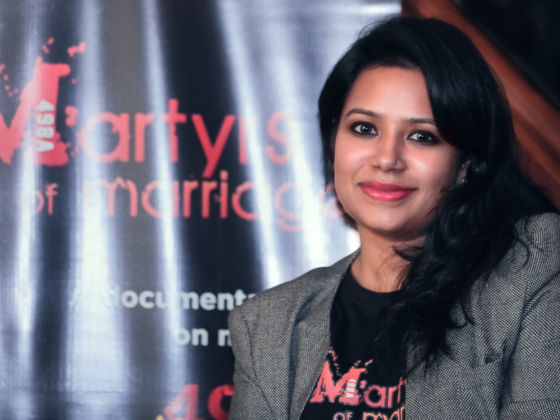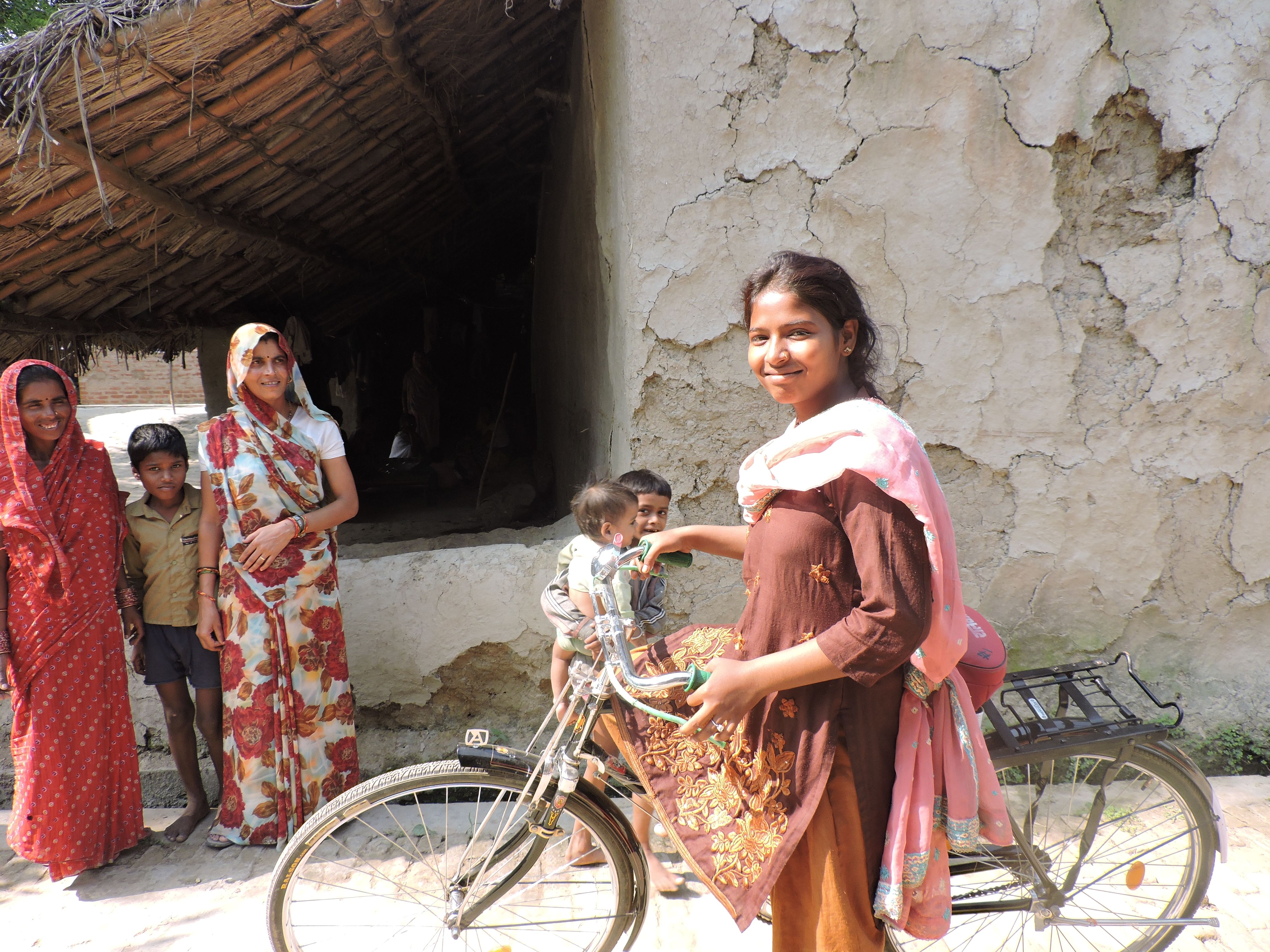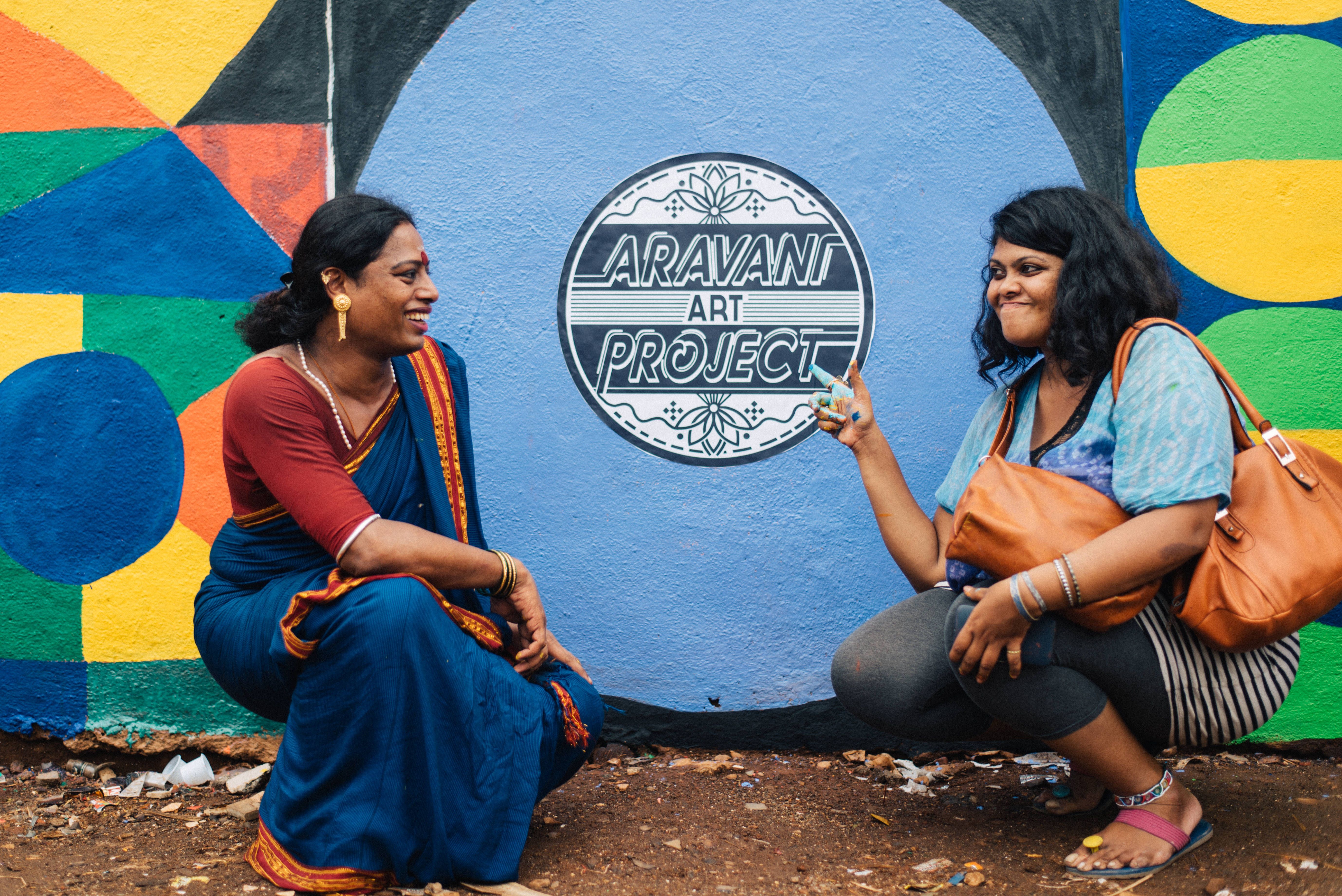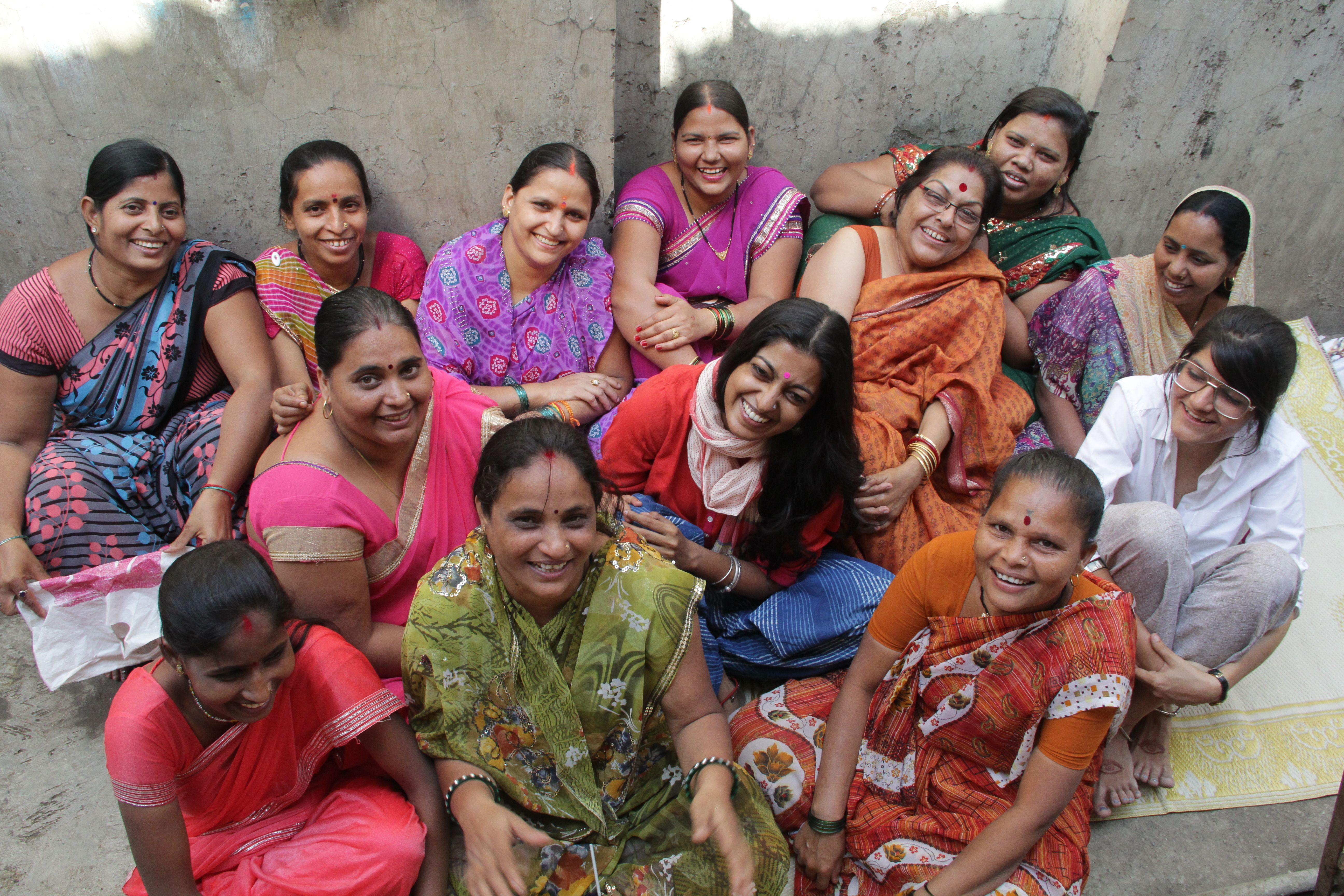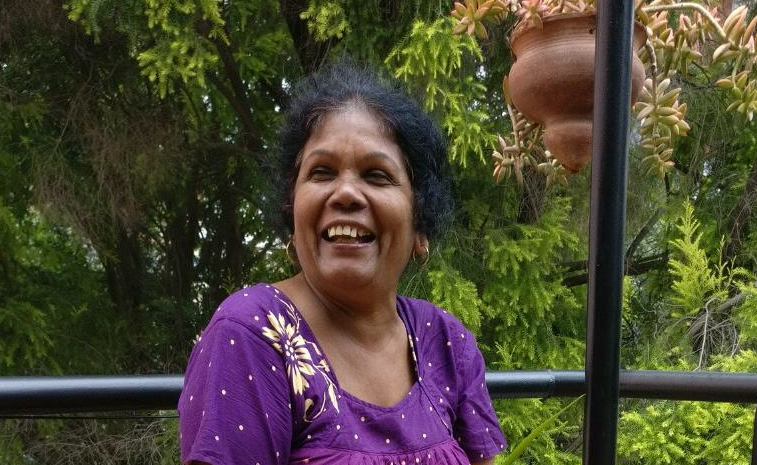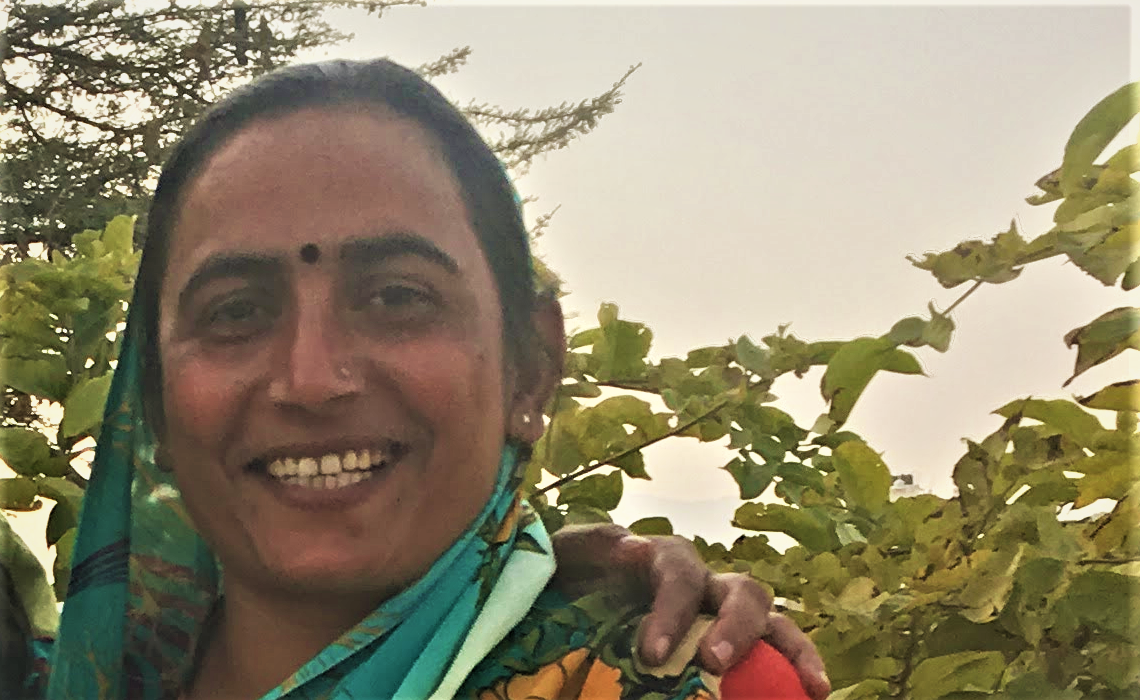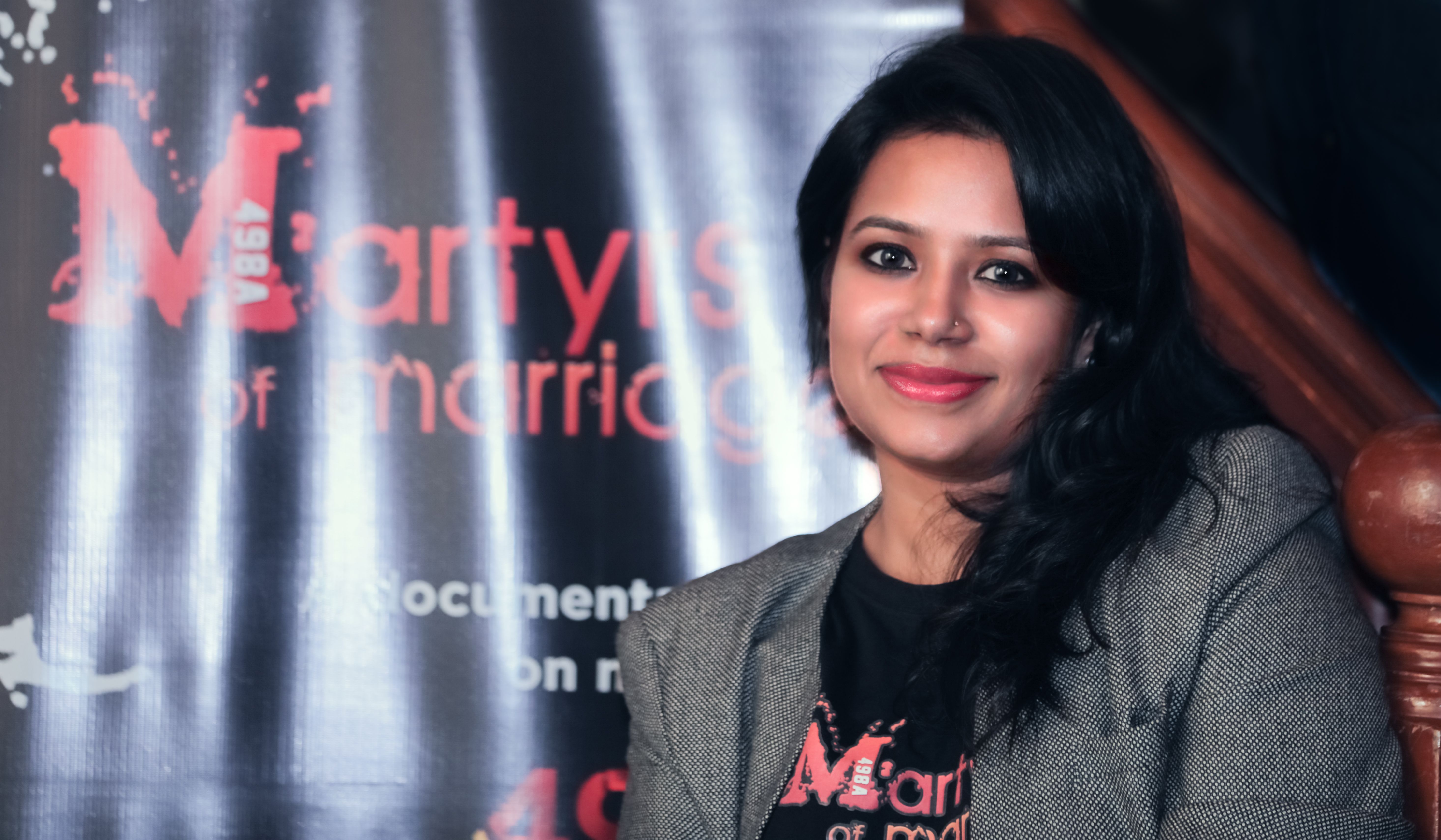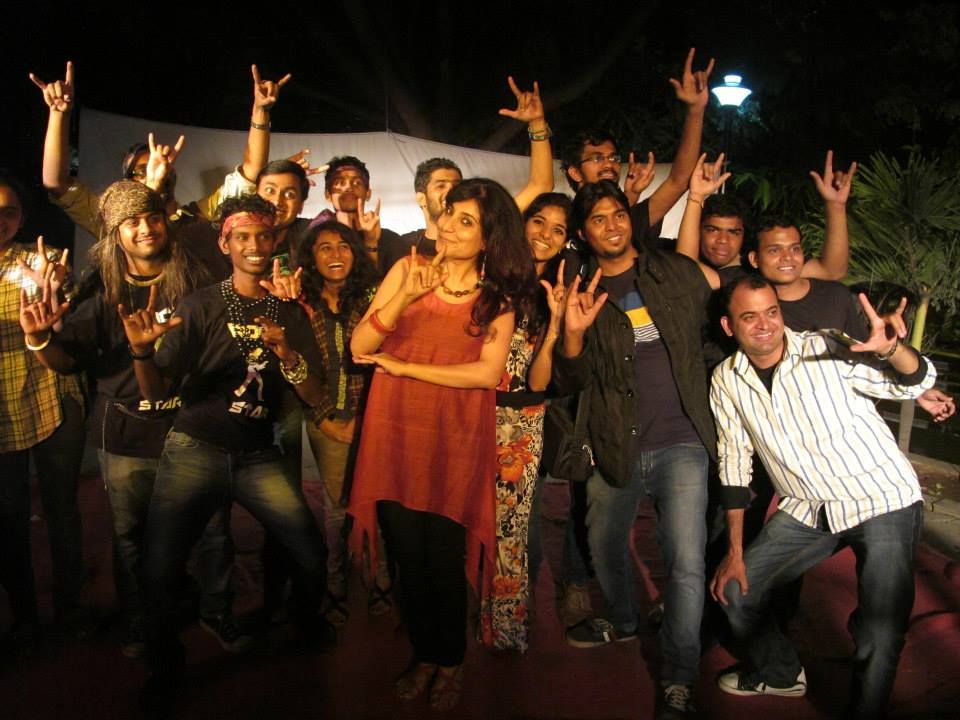587 million strong, everyday Indian women have the best stories of breaking social, cultural, and legal barriers. Some speak up for 15.3 million child brides, 40 million single women over 30, and the 52 percent of Indian girls that are illiterate. Others raise awareness for 4.8 million transgender individuals, 18 million deaf people, unemployed women, and innocent men facing false abuse charges by women. They all have stories of courage that motivate every Indian woman to take charge. Be it the 21-year-old Rajni who stopped five child marriages including her own, or the 30-year-old Leela who educates her five daughters in rural India. With a daily dose of determination and good old laughter, they make sure to keep stereotypes in check.
Here are 8 ordinary Indian women who inspire every woman to be the change.
